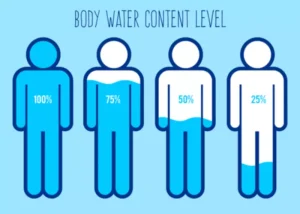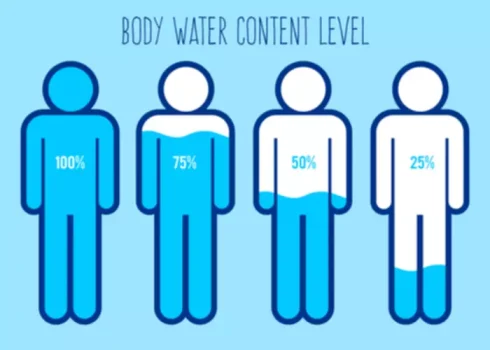
A 2013 review evaluated relapse after short-term methadone use for detoxification and found high rates of relapse. Withdrawal can also happen to people who take long-term opioids for pain as their doctor prescribes, but there are differences between the two. This article focuses on opioid withdrawal in people with opioid use disorder. However, symptoms can appear as soon as a person misses their next opioid dose and typically follow a three-stage progression.
How to rebuild self-esteem and confidence after addiction
Therapy, support groups, and counseling can help address underlying issues contributing to substance use. This holistic approach can significantly improve outcomes, reduce cravings, and minimize the risk of relapse. Prolonged opioid use can lead to increased tolerance and dependence, making withdrawal more challenging. Patients may experience severe cravings, anxiety, muscle aches, and gastrointestinal issues as they reduce their opioid intake. Medical supervision during this process is essential to ensure safety and to provide supportive care. Opiate withdrawal can be a daunting process, but understanding what to expect can help ease the journey.
Economic Benefits of Treatment

This is a crucial step toward ensuring long-term sobriety Sober living home and avoiding a relapse. Many detox programs are located inside inpatient rehab centers so that patients can make a smooth transition into further addiction treatment. That is, substituting one opiate or opioid for another may help prevent withdrawal symptoms. Methadone alleviates opioid withdrawal symptoms and reduces cravings.

Alcohol Withdrawal Scale8

Whether you are struggling with addiction, mental health or both, our expert team is here to guide you every step of the way. Don’t wait— reach opiate recovery out today to take the first step toward taking control of your life. They help you address the psychological effects of addiction, identify the root causes of substance abuse, and develop coping mechanisms for stress and negative emotions. In the weeks following the initial detox phase, the focus shifts to the continued tapering of opioids and managing any residual symptoms. This is a critical time for you to engage in therapy and support groups to address the underlying issues related to addiction.
While the drug may help reverse an opioid overdose, immediate medical attention should be sought after its use. Detox and withdrawal may be the toughest parts of overcoming the disease ofopioid addiction. The Recovery Village’saccredited treatment facilitieshelp mitigate risks involved with detox while keeping patients as comfortable as possible as they begin recovery. In 2022, nearly 43% of drug overdose deaths involved both opioids and stimulants. A partial hospitalization program starts to bridge the gap between residential rehab and outpatient care, so they often follow residential rehab. In a PHP program, the person will have fewer hours of treatment per week than in residential care and more free time for healing recreational activities.
- While these markers help gauge progress, reaching them often depends on having access to tailored support systems that meet individual needs.
- Opioid is a more generic term that includes not just opiates but also drugs that were invented in a lab — synthetic and semi-synthetic opioids.
- By integrating medical supervision and counseling into the opiate detox process, individuals receive comprehensive care that addresses both the physical and psychological aspects of addiction.
- These post-acute withdrawal symptoms (PAWS) can persist for weeks after the acute phase has resolved, making ongoing support and treatment essential for recovery.
- Naloxone (commonly known as Narcan®) is a safe, effective medication that rapidly reverses opioid overdoses.

 English
English